Grant R. Osborne, Revelation, Baker Exegetical Commentary on the New Testament (Grand Rapids, MI: Baker Academic, 2002), 138-139.


The historical background gives insight into these symbols from Jesus.
What is the secret name?
The concept of getting a name from God was predicted in OT passages like Isaiah 62:2 and 65:15. Some commentators believe that the name on the stone is the name of God (Rev. 3:12), which Christ also has (Rev. 19:12). However, this doesn’t seem to fit with the notion that only the believer would know this name. In the OT, the concept of a name was closely associated with one’s identity. This concept of a name becomes important at the end of the book, when only those names found in the book of life will enter heaven (Rev. 20:15).
What is the white Stone?
The historical backdrop of Pergamum gives us some insight into the symbolism of the white stone. Two options are most plausible.
OPTION #1. The white stone imagery might come from trial procedures in Pergamum. Osborne writes, “In ancient trials jurors would cast a white or black stone into an urn to vote for acquittal or guilt (cf. Acts 26:10); while no name was written on the stones, the trial setting could make sense in the Pergamene situation.” Jesus could be communicating their acquittal from guilt. Walvoord writes, “In courts of law being given a white stone is thought to represent acquittal in contrast to a black stone which would indicate condemnation.”
OPTION #2. The white stone imagery might come from the Pergamum games. Osborne writes, “It was common for members of a guild or victors at the games to use stones as a ticket for admission to feasts, and also for free food or entrance to the games.” Likewise, Mounce views “the white stone as a tessera that served as a token for admission to the banquet.” Thus Jesus could be explaining that because of the white stone, these believers get free access into the feast of God: heaven.
Which option is correct? We’re not entirely sure. The use of a “white stone” was frequently used in this culture in a variety of ways. Surely, we know that the imagery is undeniably positive.
Grant R. Osborne, Revelation, Baker Exegetical Commentary on the New Testament (Grand Rapids, MI: Baker Academic, 2002), 138-139.
John F. Walvoord, The Revelation of Jesus Christ (Galaxie Software, 2008), 70.
Grant R. Osborne, Revelation, Baker Exegetical Commentary on the New Testament (Grand Rapids, MI: Baker Academic, 2002), 139.
Robert H. Mounce, The Book of Revelation, The New International Commentary on the New Testament (Grand Rapids, MI: Wm. B. Eerdmans Publishing Co., 1997), 83.

James earned a Master’s degree in Theological Studies from Trinity Evangelical Divinity School, graduating magna cum laude. He is the founder of Evidence Unseen and the author of several books. James enjoys serving as a pastor at Dwell Community Church in Columbus, Ohio, where he lives with his wife and their two sons.
